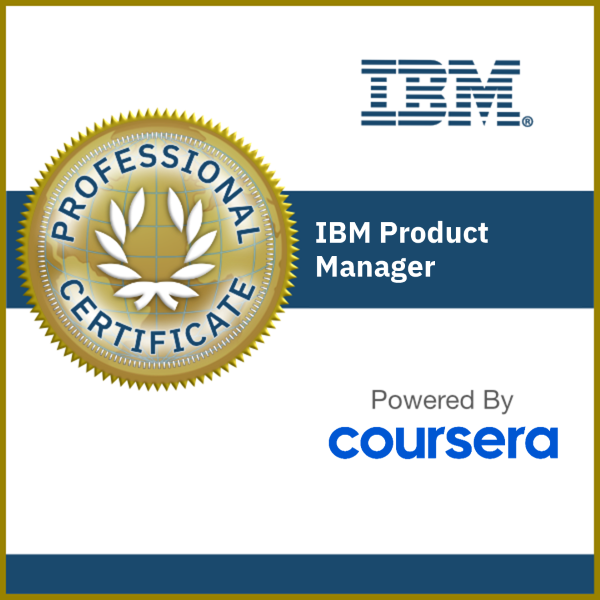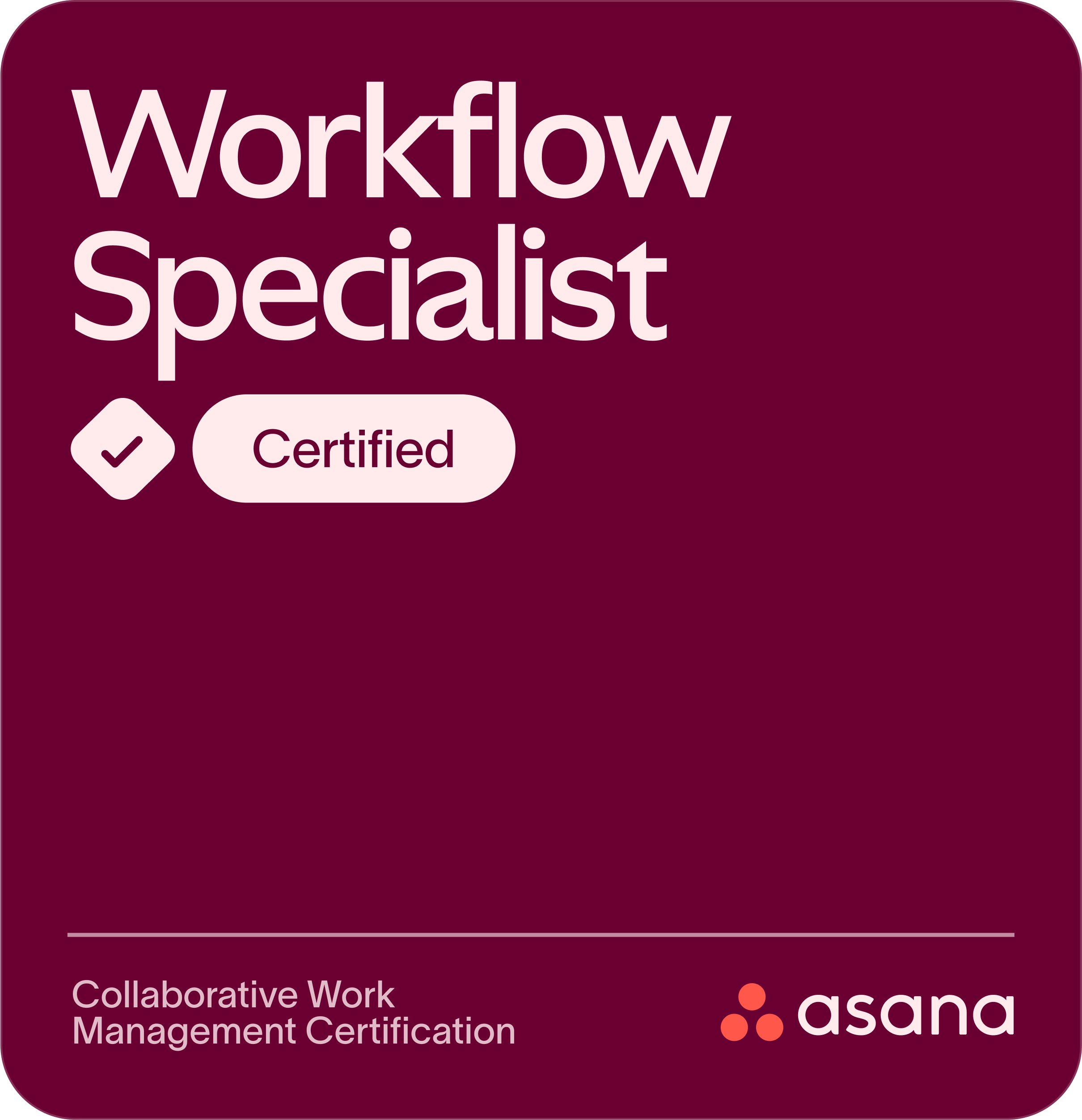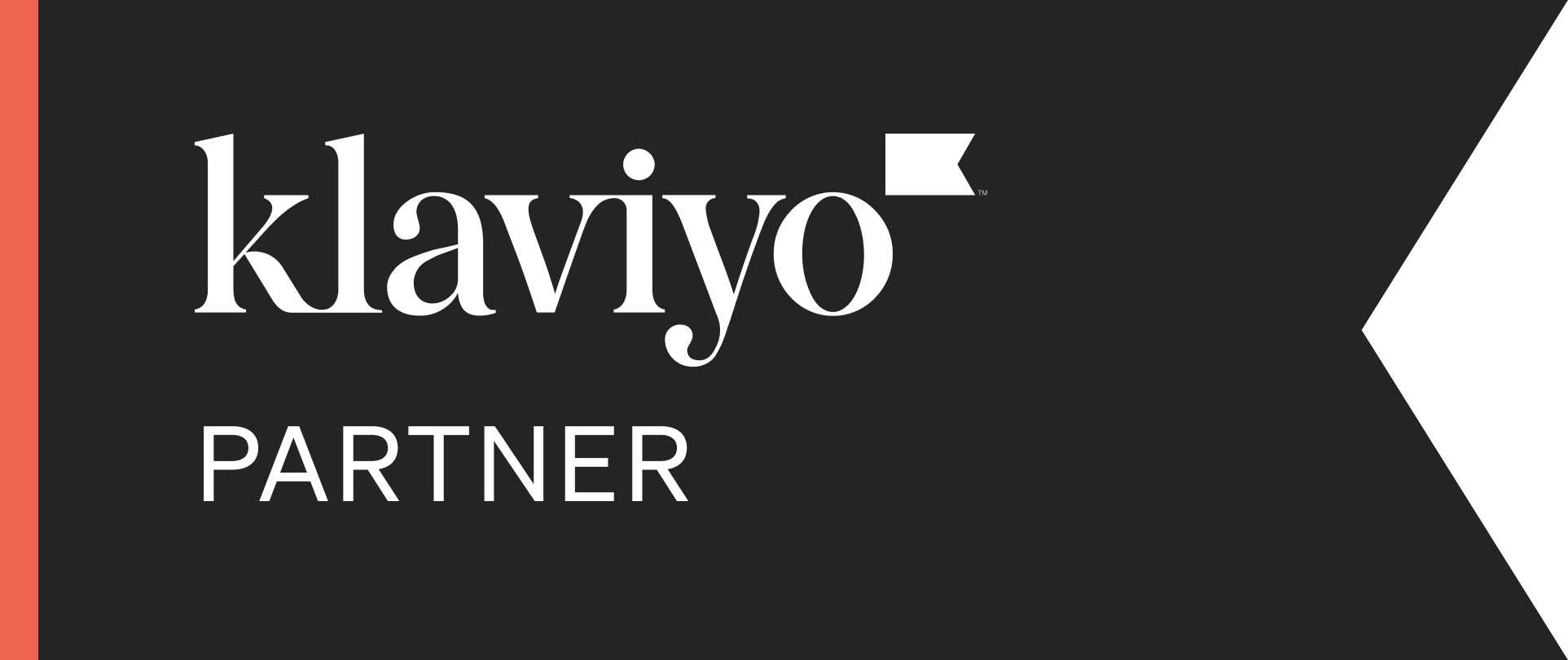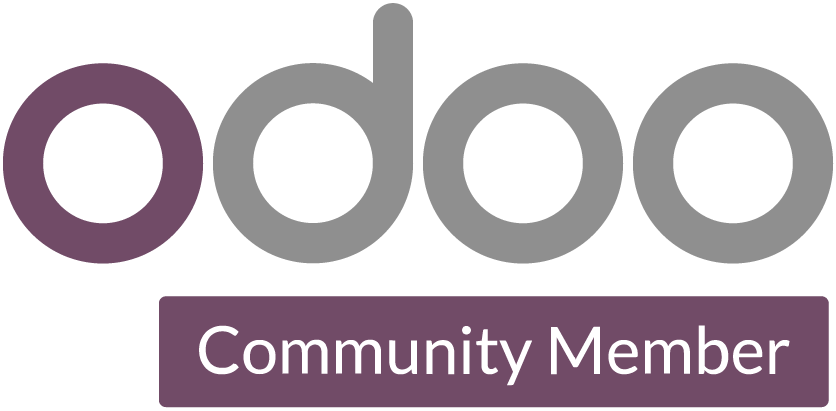In product management, the most impactful work often isn’t loud. It’s not always what shows up in standups, sprint demos, or stakeholder decks. The real backbone of delivery is often built on silent checks, early signals, subtle nudges, and a mountain of context that never gets airtime.
But if that work stays invisible, it stays undervalued. And so do you.
The best PMs aren’t just fire-fighters or ticket wranglers. They’re pattern readers, tension diffusers, and timeline protectors. The trick is learning how to surface your impact in ways that resonate up the chain — without turning into a walking status update.
1. Surface Strategy Through Tools, Not Talk
You don’t need to narrate your every move. But if you’re the one noticing delivery risk early, mapping dependencies, or holding space for engineers to actually code — make that visible in the systems everyone uses.
- Update Jira or your delivery tracker with short notes that show why things shifted, not just what shifted.
- Use Confluence or Notion to log decisions and key context. It becomes a paper trail of influence.
- Let tools speak on your behalf so that when leadership peeks in, they see coherence, not chaos.
2. Translate “Soft Skills” Into Business Language
If you spent 30 minutes de-escalating a tense Slack thread between QA and devs, that’s not just good vibes. That’s risk mitigation. That’s protecting delivery.
Frame it like:
“Unblocked integration testing by aligning QA + backend on timeline trade-offs. Avoided rollout delay.”
Stakeholders don’t always care about how the sausage is made. They care about cost, time, and clarity. Speak their dialect.
3. Convert Chaos into Credibility
Great PMs walk into mess and create structure. The more chaotic the project, the more chances you have to show what clarity looks like.
- Turn scattered updates into a clean tracker.
- Turn fuzzy scope into crisp Jira tickets.
- Turn handwavy vision into achievable milestones.
Do this once and it’s helpful. Do this consistently and you become irreplaceable.
4. Don’t Be Humble About Alignment
If you’re the reason comms flow, clients calm down, and engineers aren’t being pinged 6 different ways — say it. Not loudly. But clearly.
“Set up async updates for client check-ins so the dev team can stay heads-down this week.”
That’s not bragging. That’s leadership.
5. Reflect, Then Broadcast (Smartly)
Every few weeks, take stock. What shifted because of your influence? What risks never materialized because you acted early? What friction disappeared because you asked the right question at the right time?
Now tell that story. In a retro, a stakeholder email, a sprint review. Or a blog post like this.
Because here’s the truth: The difference between a “supportive team member” and a strategic product operator is visibility.
Don’t wait to be recognized. Design for it.
You don’t need to be loud to be seen. But you do need to turn your shadow work into signal. That’s not politics. That’s the job.
And the people who get it? They’re already watching.





















